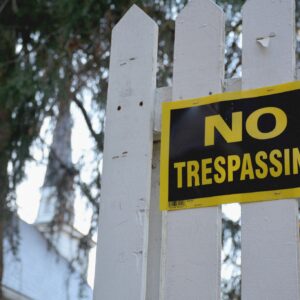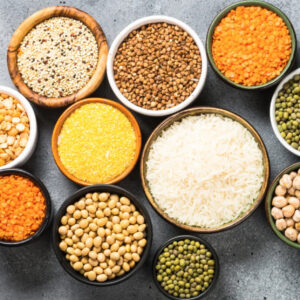
With just two businesses on Six Nations producing lyed corn in bulk, there seems to be a community wide shortage which apparently won’t see store shelves restocked until September.
Local restaurants who have Corn Soup on their daily menus have declared a shortage of lyed corn. What did our ancestors do for lyed corn before we had corner stores?
Most people made their own: processing lyed corn was a community effort making enough to feed entire villages. Although it can be a tedious process, there are many benefits of learning how to lye your own corn.
White corn has roots in Meso-American regions going back thousands of years. The appearance of corn, or maize, today is much different than what it looked and even tasted like in ancient times.
Corn is part of the Mayan Creation Story. After three failed attempts to make mankind, the Gods succeeded on the fourth try and today all people are descendants of the first human, made of maize. The Mayans worshipped the God of Young Corn, Yum-Kaax. The Zapotec honoured Pitao Cozobi, the maize God who wore a headpiece made of corncobs. With the help of migration and ancient trade routes, corn became abundant in most areas of Turtle Island.
Nixtamalization, pronounced ‘nish-ta-ma-ly-zay-shun’ is also known as lying corn. It is the process of soaking and cooking corn in an alkaline solution which can be done one of two ways: using pickling lime or sifted ashes from hardwood trees.
There are many ways to prepare corn including the process of nixtamalization. The term “nixtamalli” is an Aztec word meaning: nextli “ashes” and tamalli “unformed corn dough.” The process of nixtamalization is both an Aztec and Mayan tradition and in ancient times they used both lime and ash.
It is uncertain exactly when this process was learned or discovered but earliest evidence has been found in Guatemala with nixtamalizing equipment dating back 1200-1500 BC.
The process involves a careful amount of lime or wood ash in water with the corn. Too much alkaline ruins the corn. Too little alkaline will not lye the corn properly. Kernels are cooked briefly or until they start to open up.
The corn will also go through a chemical change during this initial cooking process, turning from white to a dark orange-yellow colour then gradually back to white. This is due to the rise in pH which alters the corns pigment compounds, deepening the yellows of xanthophylls, which are the yellow pigments in corn.
Then, let the corn soak overnight in the alkaline water. Wash it thoroughly the next day. Rub the corn together between your hands to remove the hulls. Rinse. If you’re making corn (or masa) dough, you can then ground the kernels into a smooth paste. If you’re making corn soup, you will need to boil the corn some more until the kernels become a fluffy consistency. Add any type of beans of your choice towards the end, depending on if you’re using canned beans or dried beans. Dried beans should be soaked overnight and will take longer to cook.
One of the greatest benefits of making your own lyed corn is that your corn soup will have more flavour. When you buy lyed corn from stores, you only get the lyed corn and not the juice it was cooked in. Much of the flavour is in the juice and therefore flavour gets lost.
It is important to use ash from hardwood trees or pickling lime during the nixtamalizing process, as both are high in alkaline, which helps remove hemicellulose which in turn helps loosen the hulls which produce a softer maize.
Nixtamalizing corn has many benefits other than making lyed corn for corn soup. The chemical change in nixtamalization also allows the formation of maize (masa) dough which can then be made into tortillas, tamales or papusas, all staple foods in Meso-American cuisines.
Lyed corn, if made in bulk can also be frozen. Masa flour can also be store bought in some grocery stores and is usually found in the ethnic food aisle.
Lyed corn and beans both contain protein. When consumed together, they form what is known as a complete protein. In ancient times, meat wasn’t always readily available and most importantly, was not needed in traditional lyed corn soup when beans were added.
Today the sky is the limit when adding lyed corn to your diet. Other than corn soup and cornbread, it can be eaten as is, added to salads, or as a side dish. You can add it to your pot of chili on a cold winter day. Or to homemade vegetable soup. You can add it as a garnish. Or to a bowl of mush. Goulash perhaps? There is no wrong answer when it comes to what you can do with lyed corn. Use your imagination!











